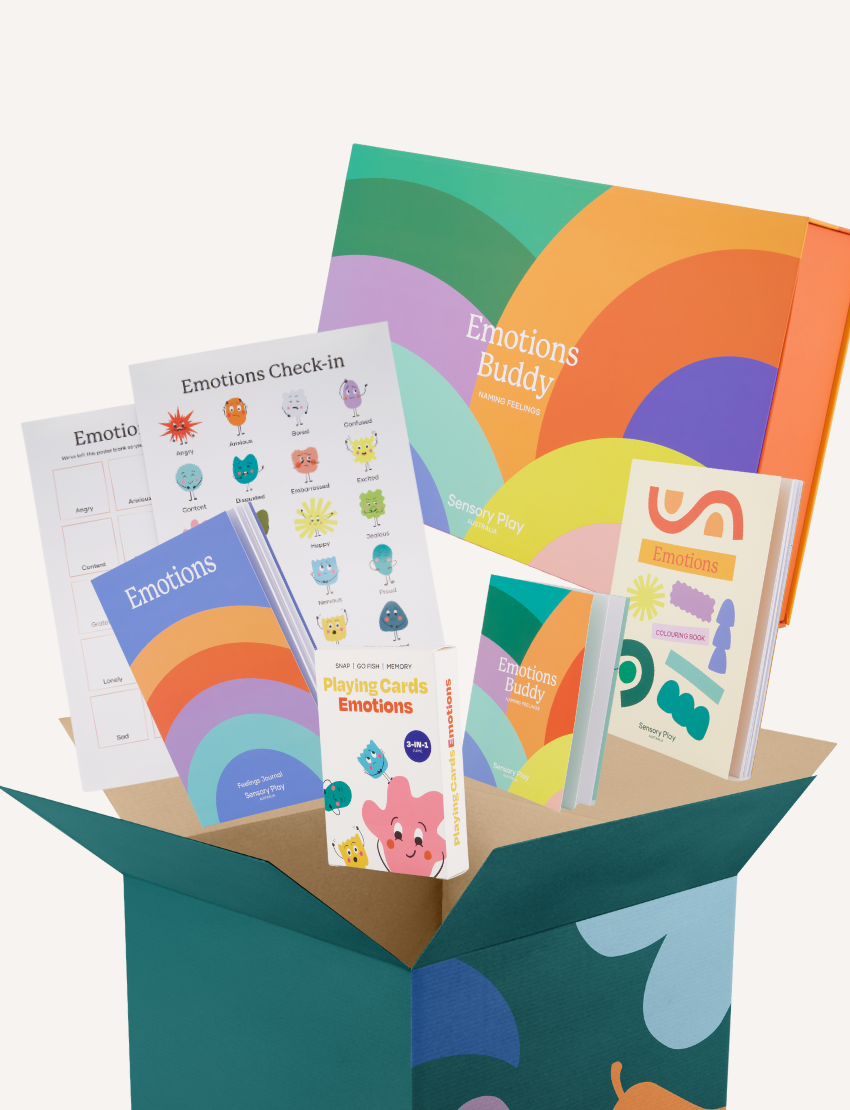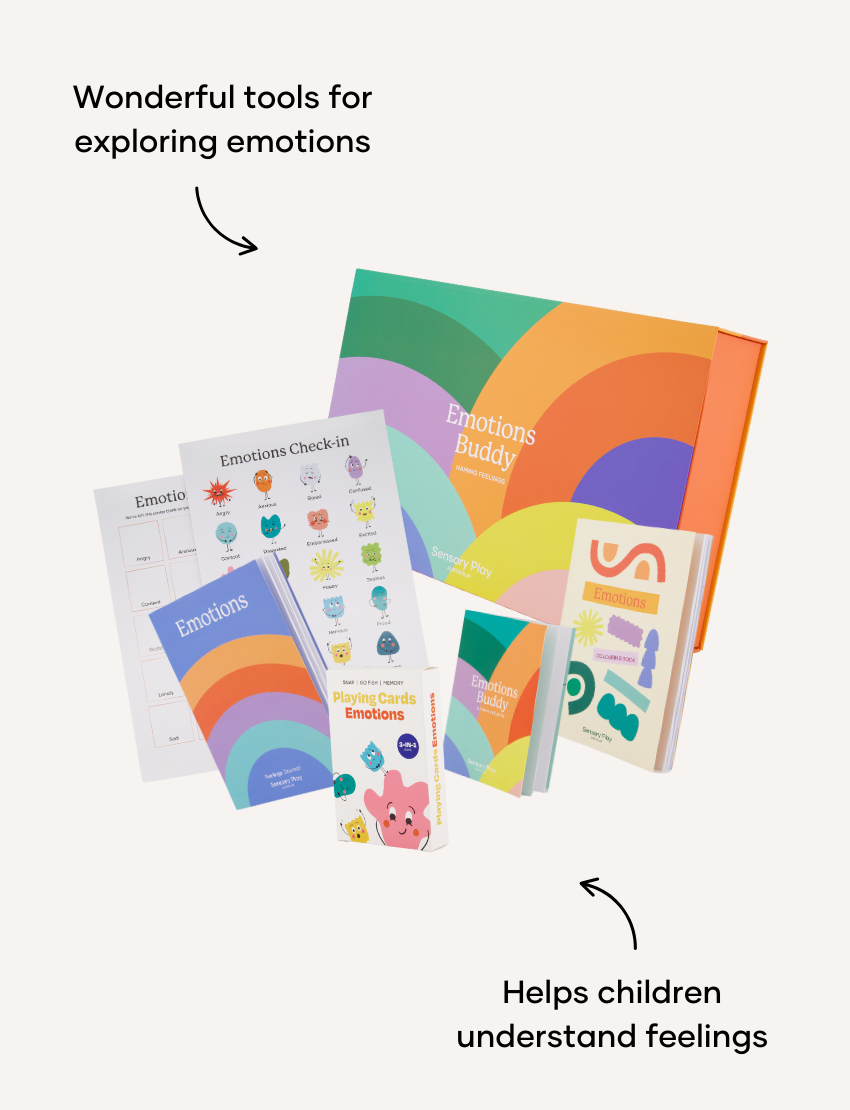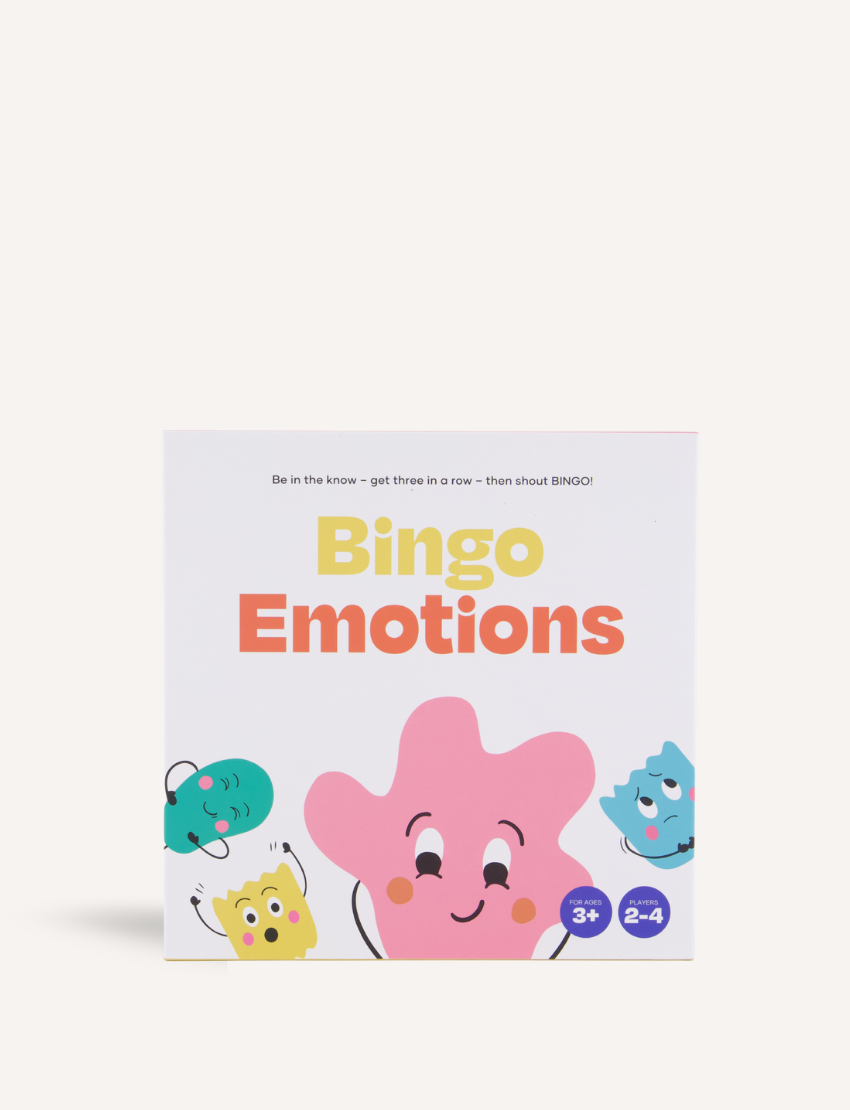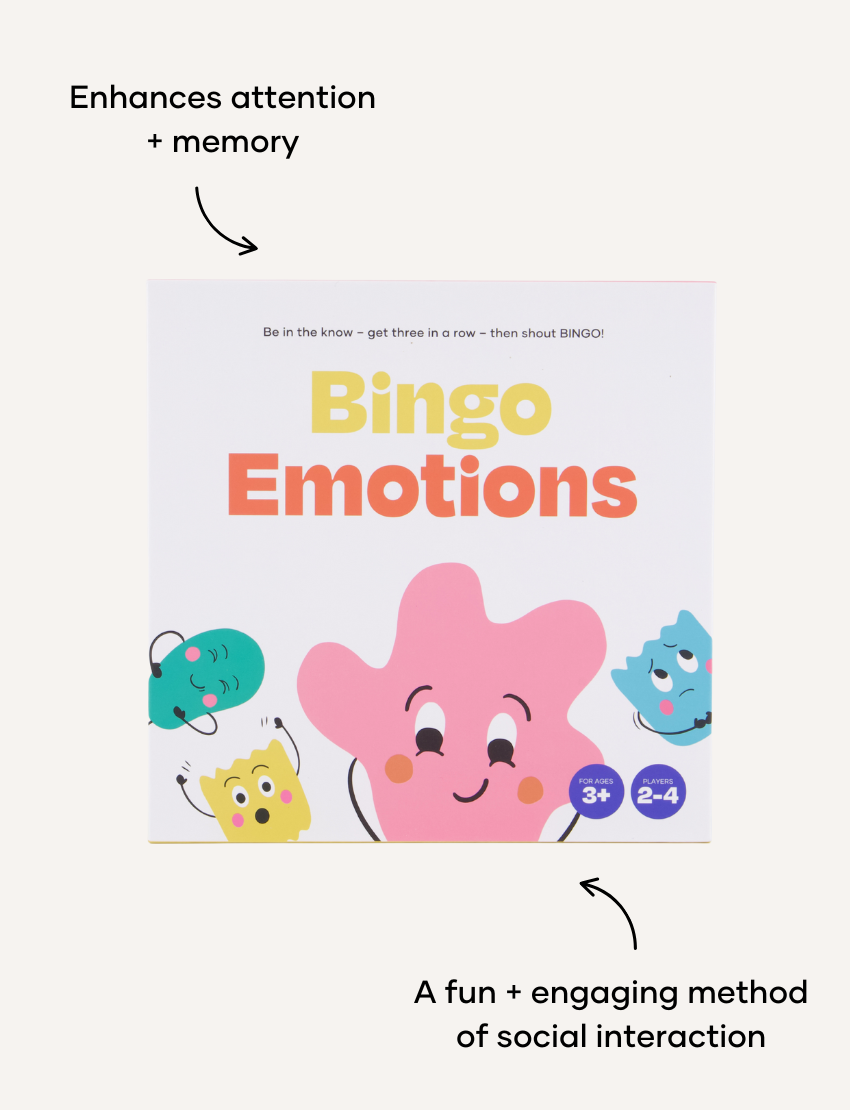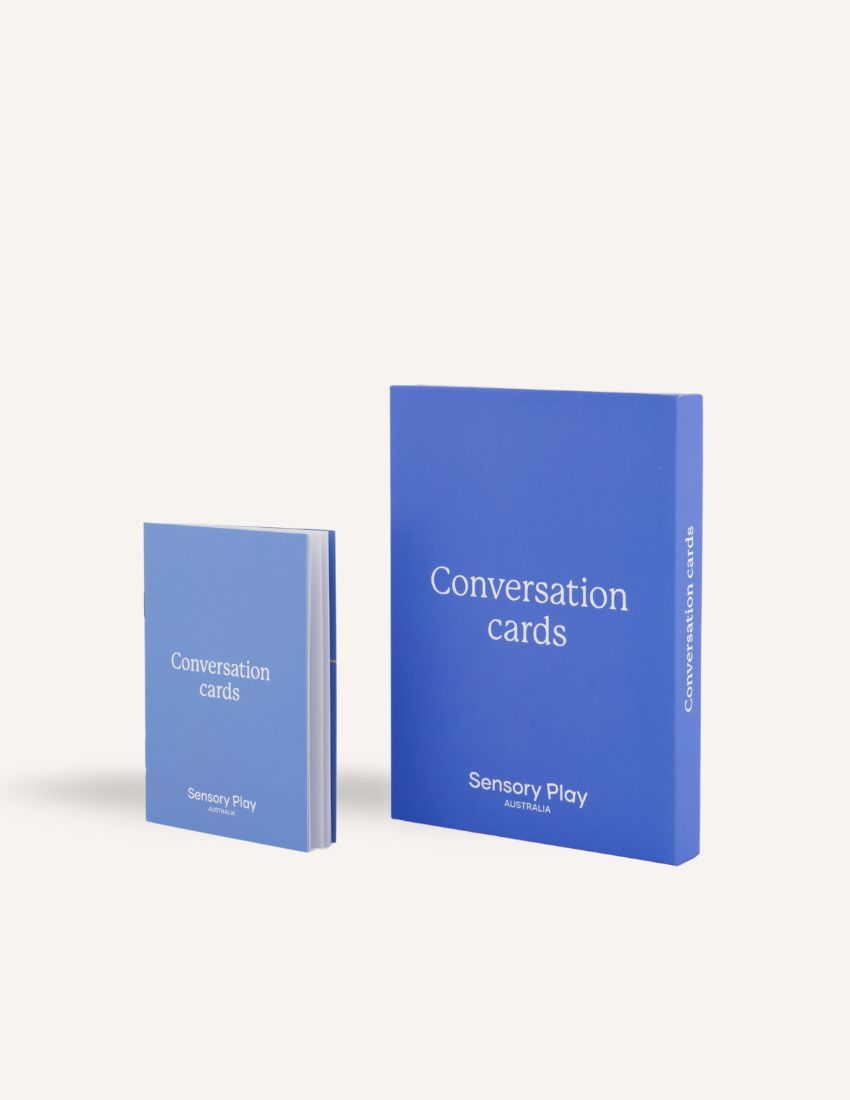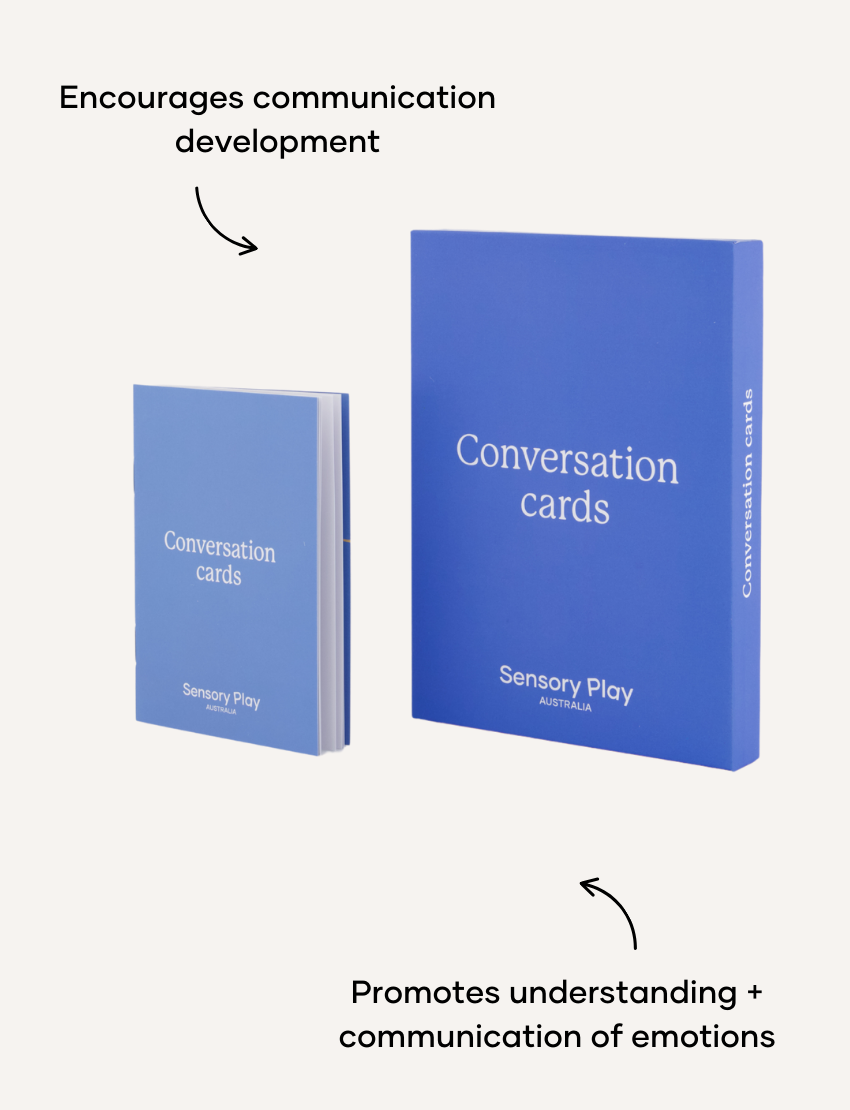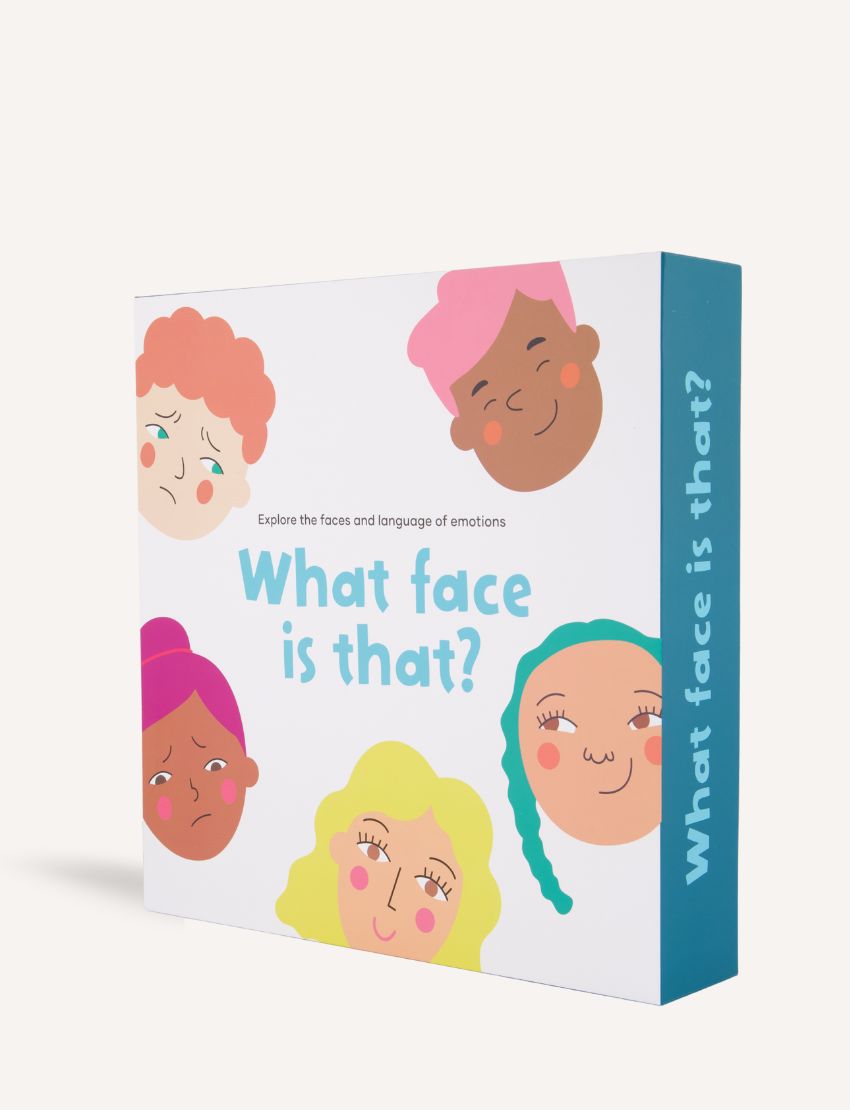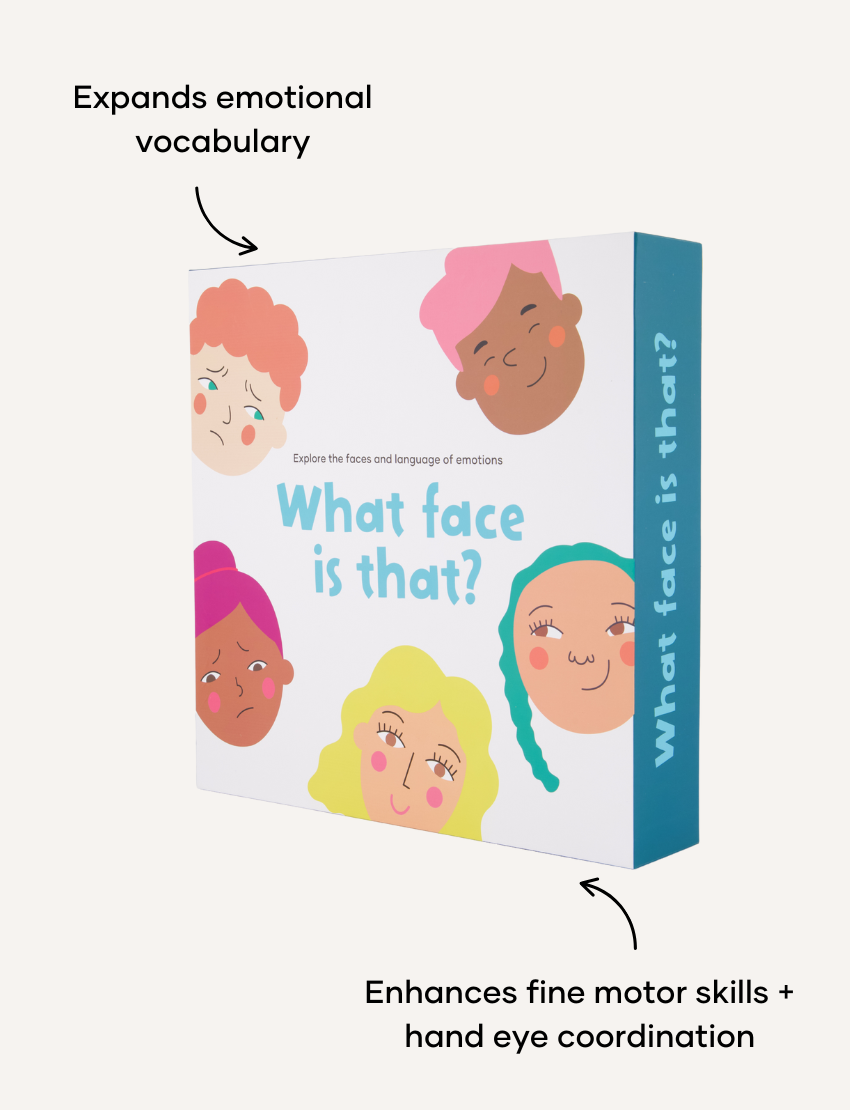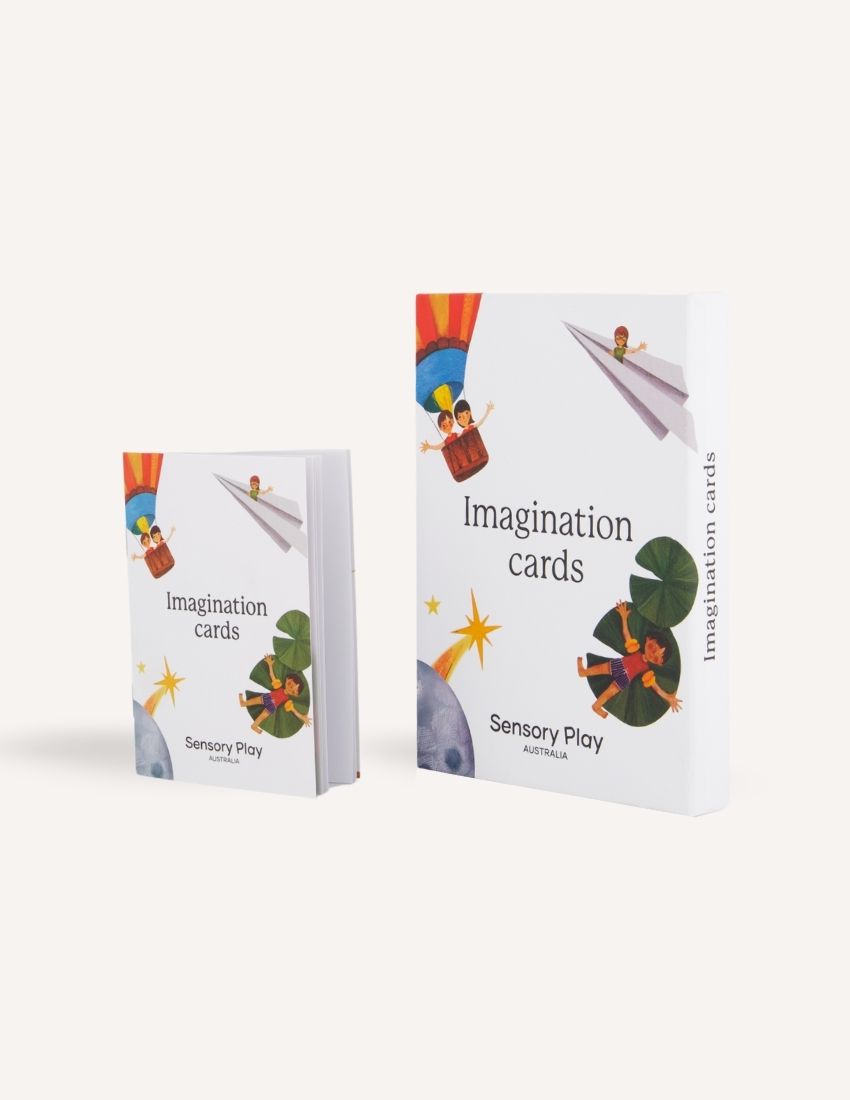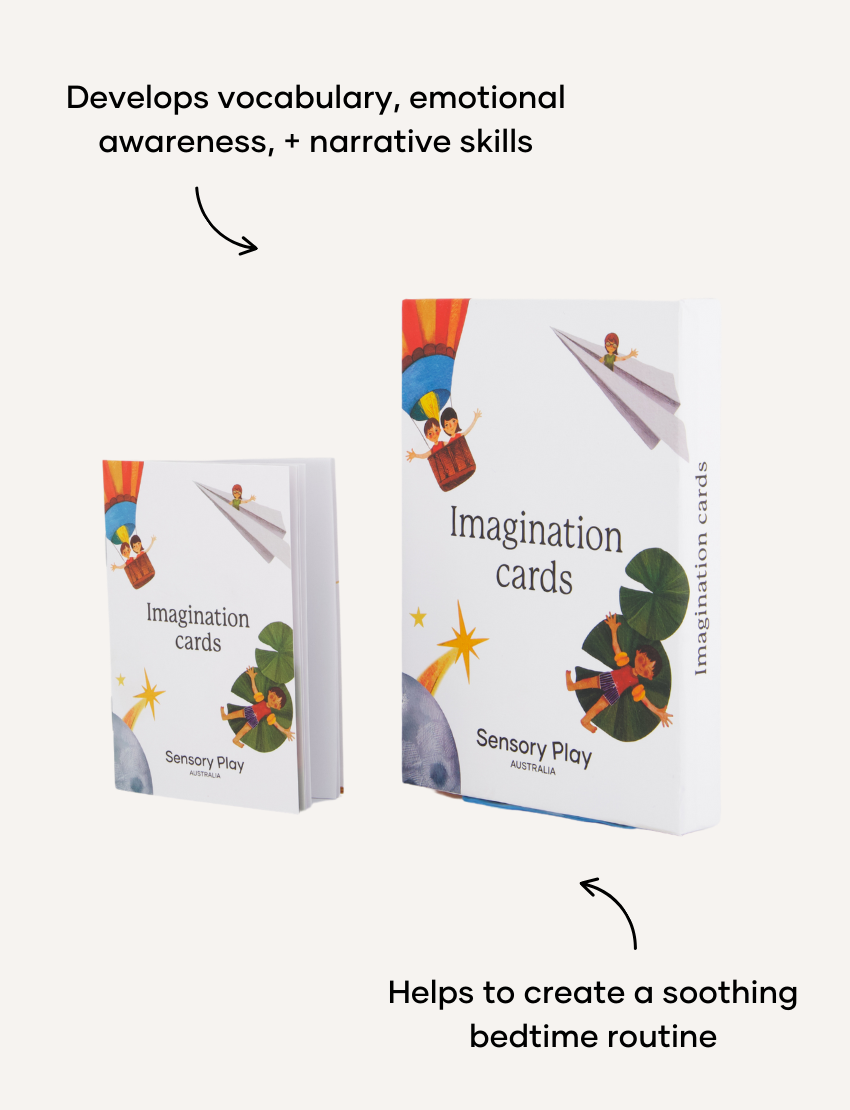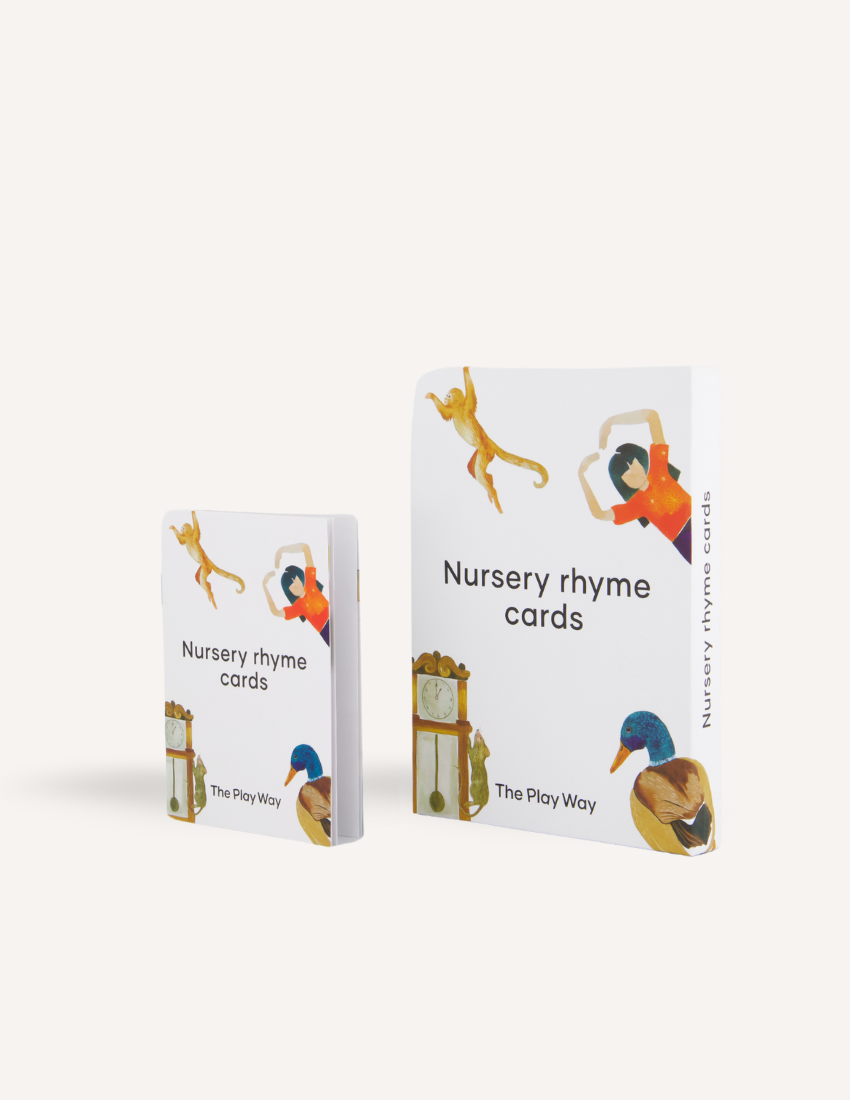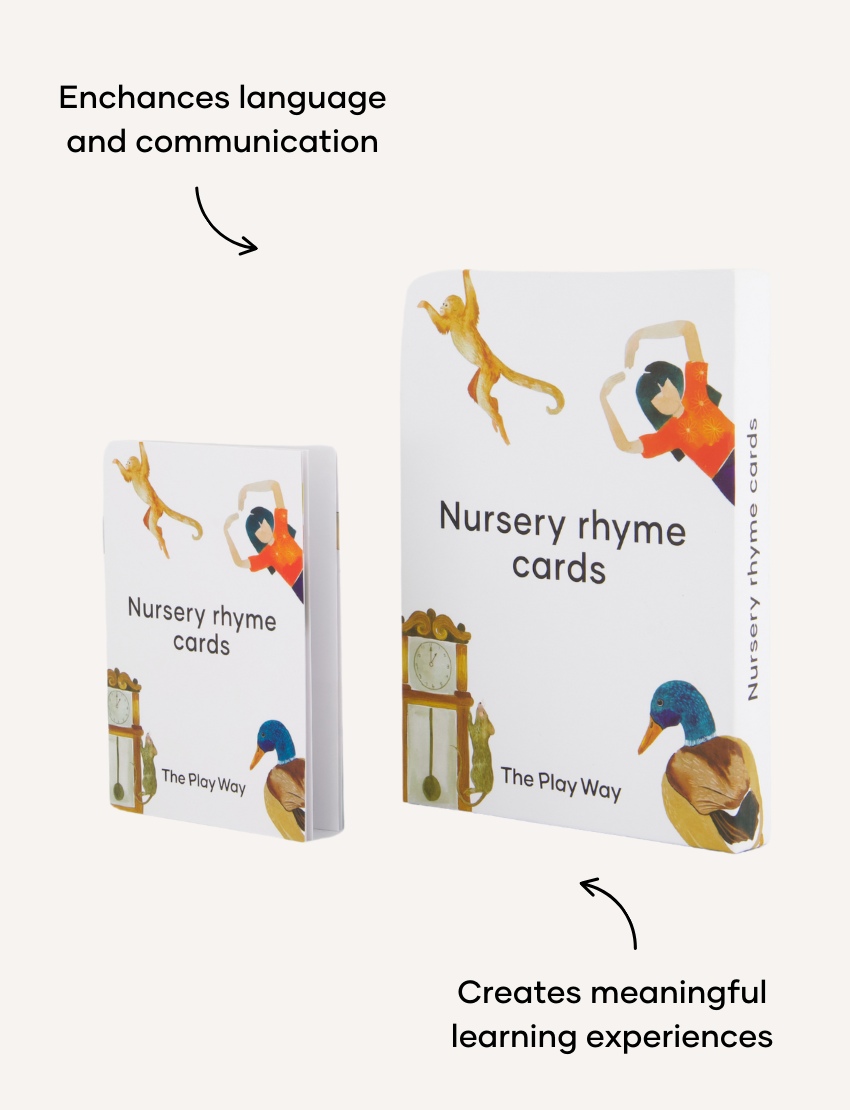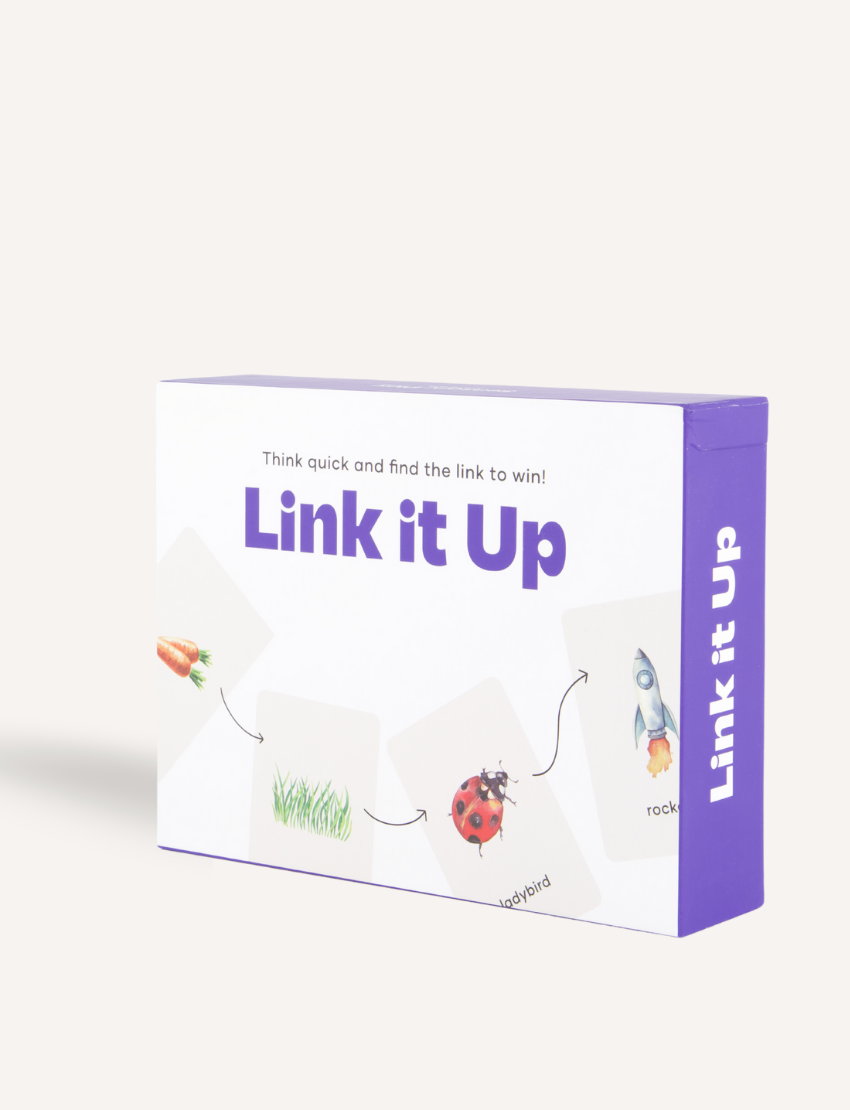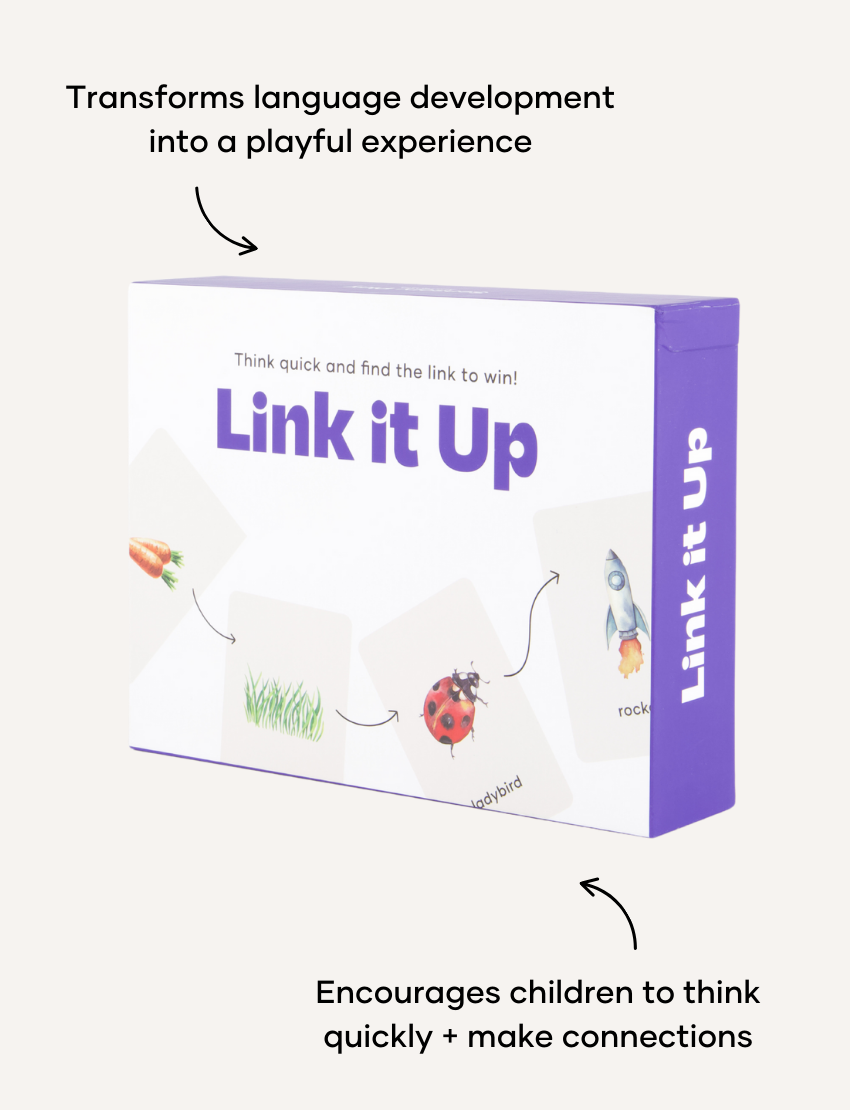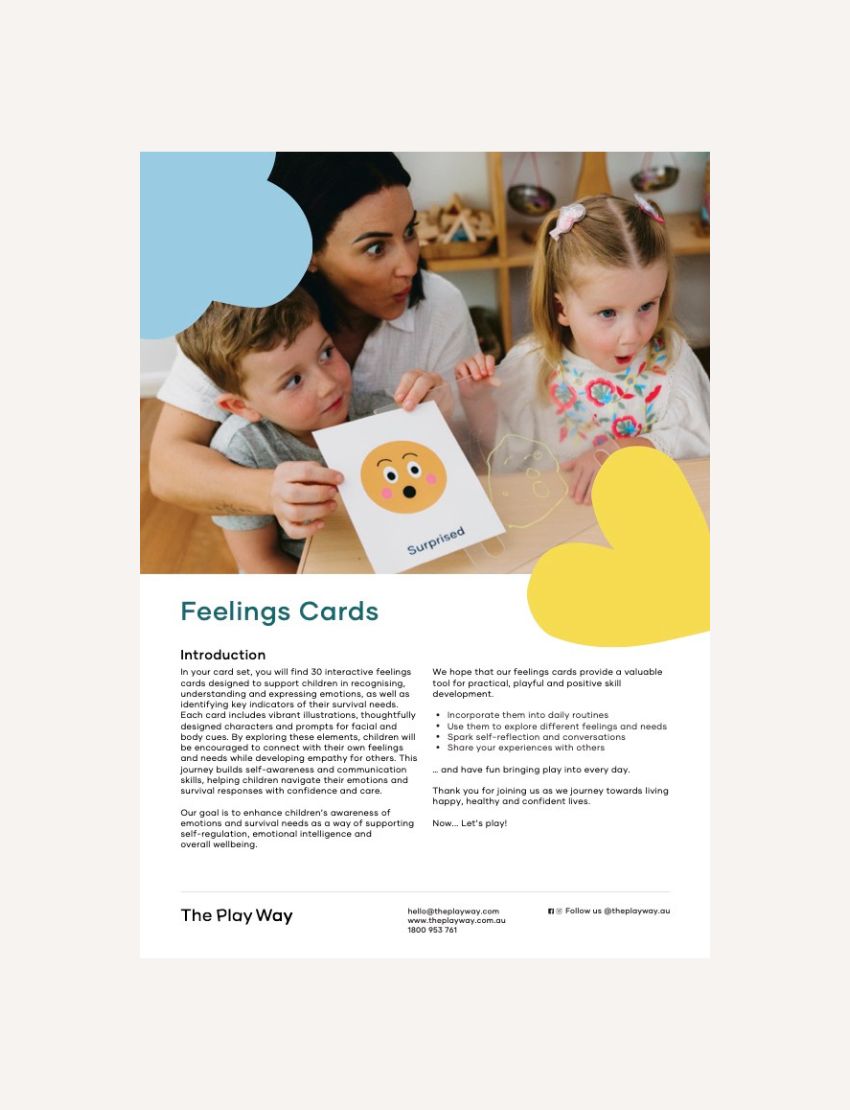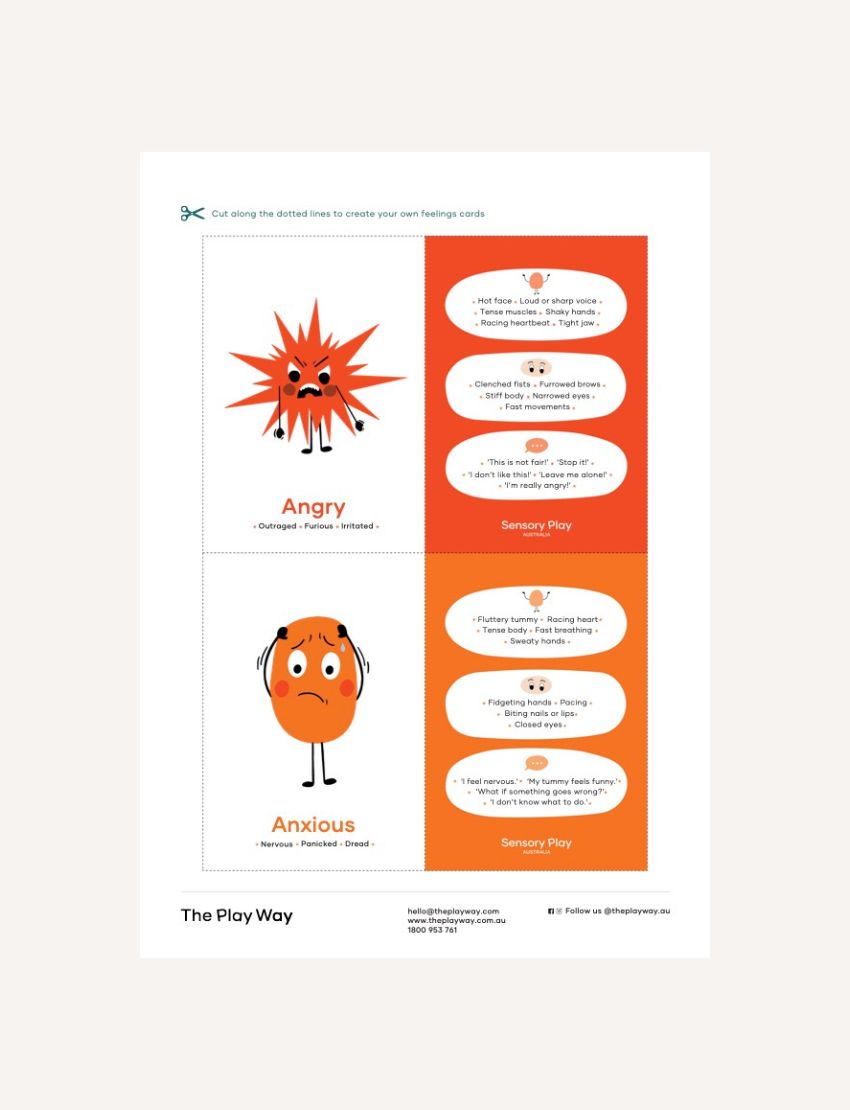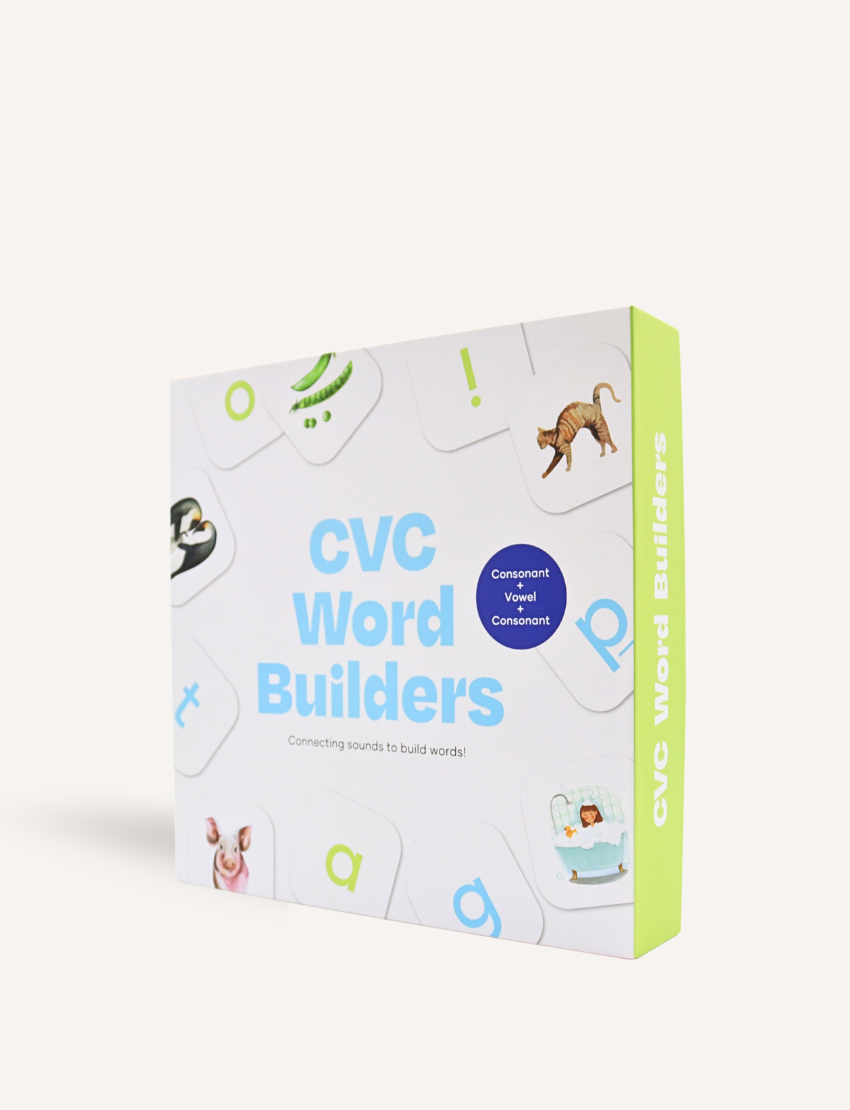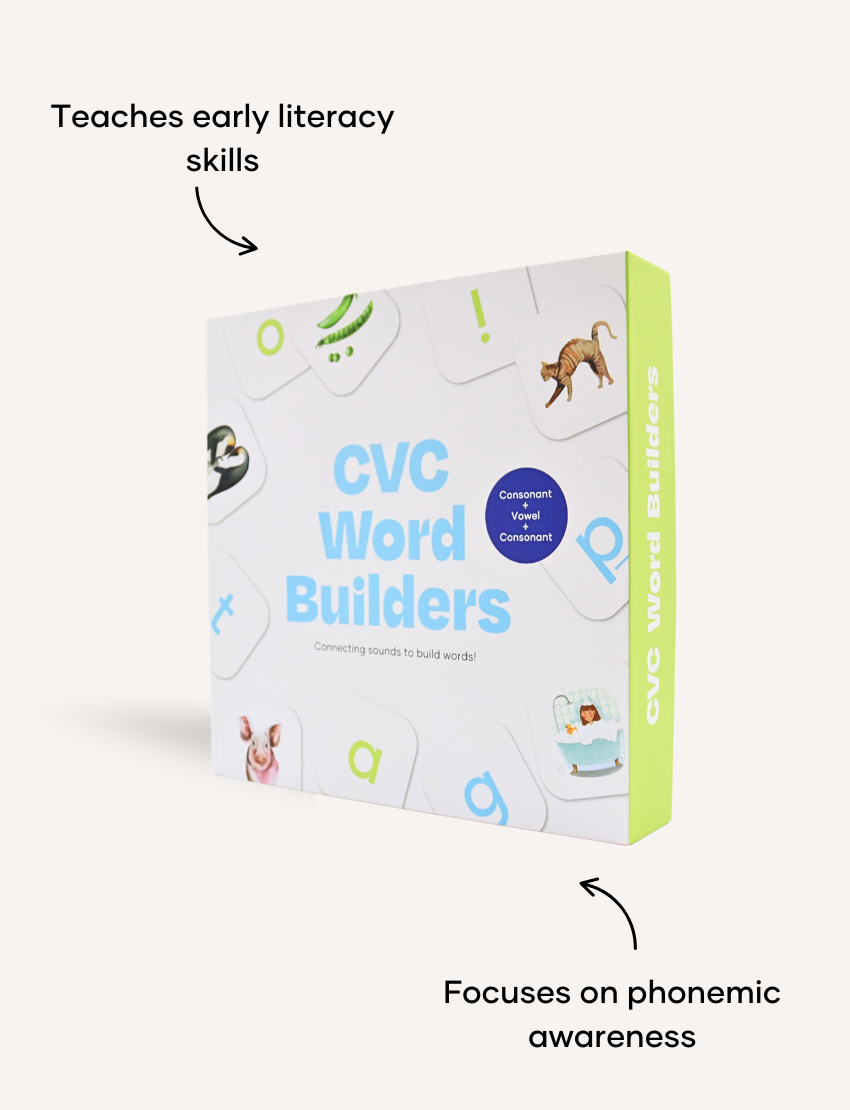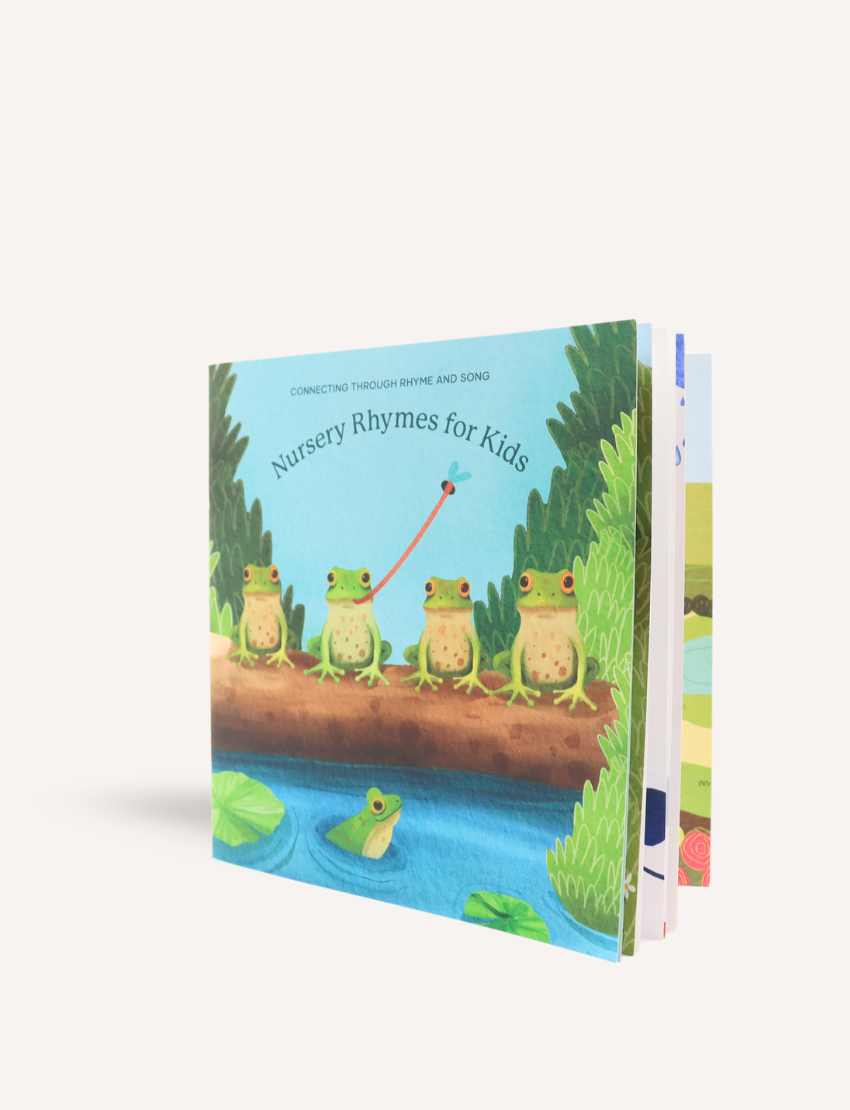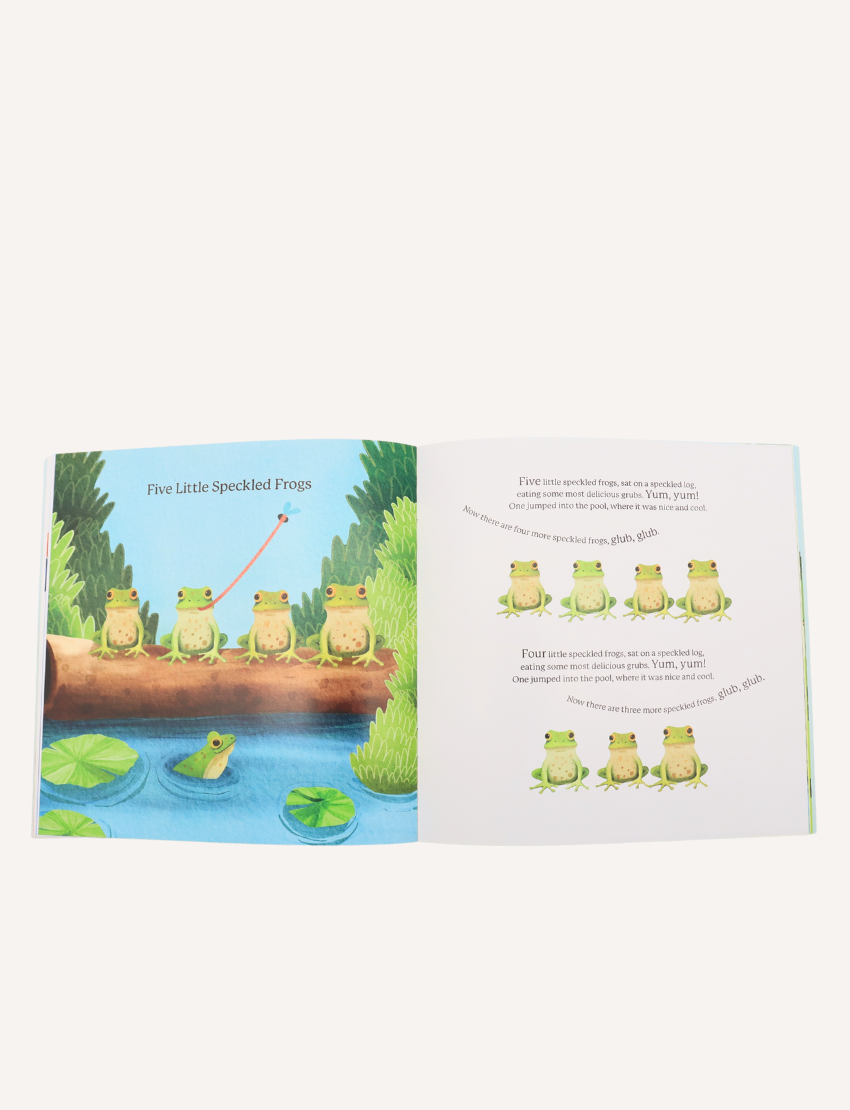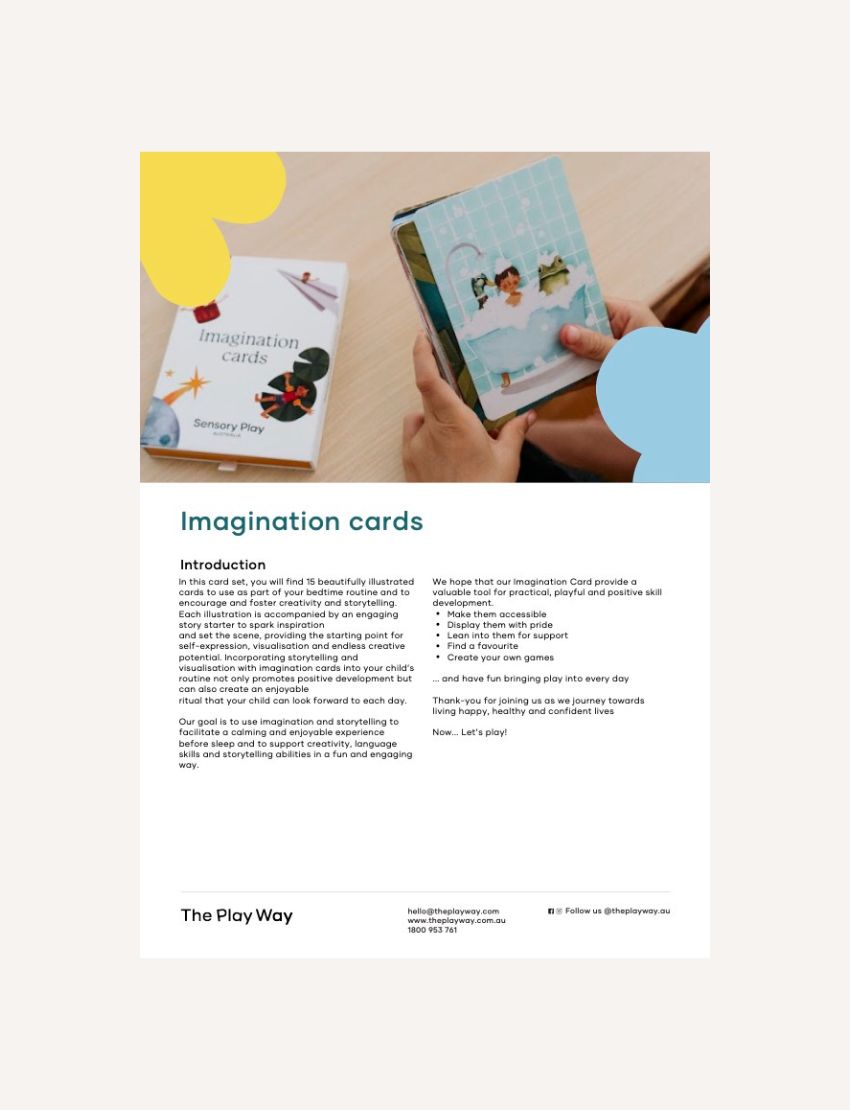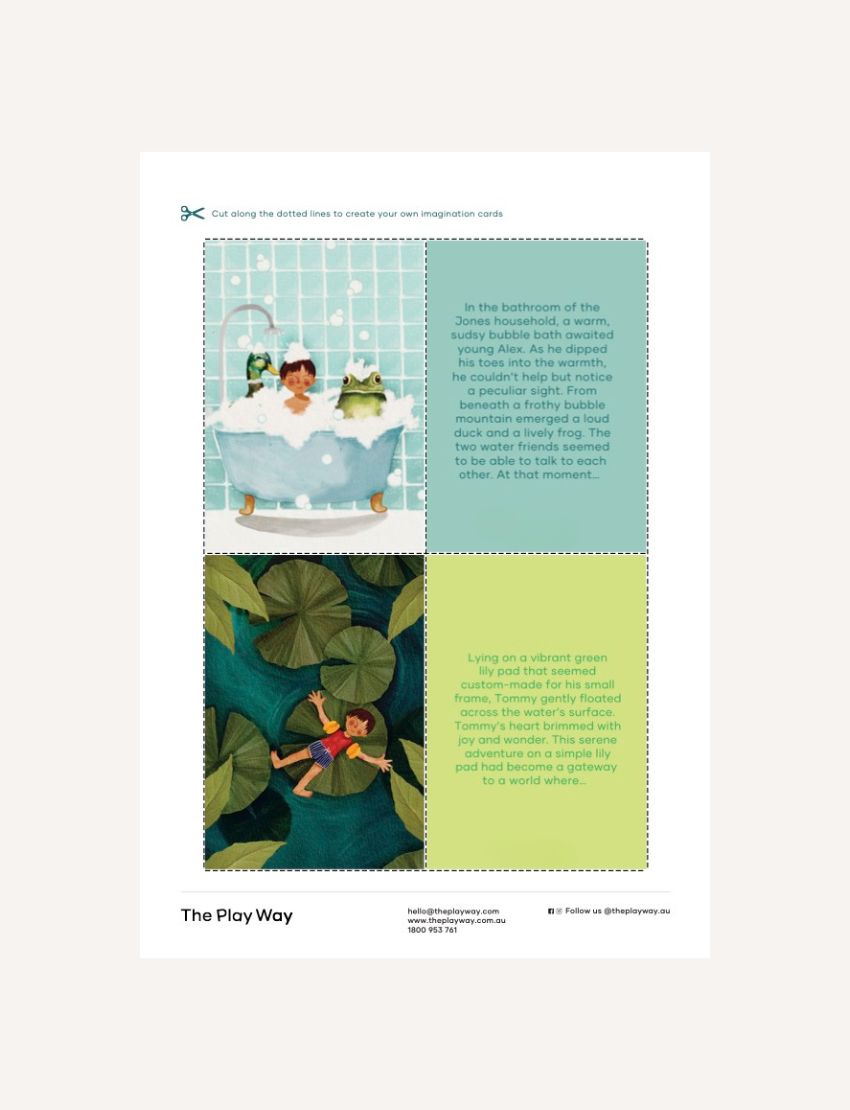Reading with your toddler isn’t just about the words on the page, it’s about connection, conversation and curiosity. At this age, children are like little language sponges. When you read with them in a playful, interactive way, you’re doing far more than just telling a story. You’re helping to grow their vocabulary, build their understanding of how language works, and even lay the foundations for future reading and school success.
But here’s the thing: shared reading with toddlers doesn’t need to look perfect. It doesn’t have to be quiet, linear or even involve reading every single word. Instead, the magic happens when you follow your child’s lead, tune into their interests, and let the book be a launching pad for back-and-forth connection.
So how do you do that in a way that’s both fun and developmentally rich? Here are some of our favourite strategies for making story time more interactive, and more meaningful.
Let the child lead
Your toddler might want to skip pages, flip backwards or look at the same picture again and again. That’s okay. You don’t need to read every word or even finish the book. Follow their lead. If they’re pointing at the cow on page two and mooing with delight, stay there a little longer. Join in. You’re meeting them where their interest lives, and that’s where learning thrives.
Sit face-to-face
Try sitting in a way that allows you to see your child’s face. This helps you notice what they’re curious about, where their eyes go, what they point to, and what excites them. Being able to respond to those little signals is what turns a book into a two-way conversation, not just a story being read at them.
Pause often
Books don’t need to be read straight through. In fact, pausing every now and then gives your child space to think, comment or ask a question. That 'hmm…' moment where they tap a picture or say a new word? That’s gold. You’re helping them learn that stories aren’t just told, they’re shared.
Expand the child’s message
When your child points and says 'dog!' you might say, 'Yes! A big brown dog is running.' This is called expanding, and it helps build longer and more complex sentences. You’re giving your child the next step in their language journey, in a way that feels natural and supportive.
Keep it fun
Books should never feel like a chore, for you or your toddler. Let them hold the book. Let them turn the pages (even if it’s ten at once). Read in funny voices. Make animal sounds. Be silly. If your child wanders off mid-book? That’s fine. Try again later or tomorrow. Shared reading is about joy, not pressure.
Provide comments
Not every interaction needs a question. In fact, children learn just as much, if not more, from comments like:
-
'Wow, that bear looks sleepy.'
-
'I wonder where the bunny is going.'
-
'Look at all that mud!'
Comments help your child learn to listen and process language without the pressure to respond. A helpful rule of thumb? Four comments for every one question.
Ask a variety of questions
When you do ask questions, try to mix them up:
-
'What do you see?'
-
'Where is the cat hiding?'
-
'Why do you think he’s sad?'
Avoid quizzing your child for the 'right answer', you’re not testing memory, you’re inviting connection and curiosity. If your child isn’t sure, model the answer for them so that they can learn how they might answer next time.
Point out print
Draw attention to BIG, bold, or repeated words. Point to the text as you read. Say things like 'Look, it says ROAR! just like the lion!' These little moments help your toddler begin to understand that words carry meaning, not just the pictures.
Explain word meanings
New words are everywhere in books. When you come across one, take a moment to explain it simply:
-
'Grumpy means a bit cross or cranky.'
-
'He tiptoed, that means he walked very, very quietly on his toes.'
Use gestures, voice changes, facial expressions, or even your body to help show the meaning. These multisensory clues make new words stick.
Why this matters
Research shows that interactive reading supports a wide range of language skills, like vocabulary growth, storytelling, sentence building and comprehension. It also builds the kind of warm, connected communication that’s essential for your child’s social and emotional development.
In summary: make it meaningful
Shared reading with toddlers isn’t about doing it right. It’s about enjoying books together. Whether you read one page or the whole book, whether your child talks a little or a lot, what matters most is the connection you build, the joy you share, and the space you create for language to grow.
So grab a book, sit down together, and follow your child’s lead. You might just be amazed by the stories they start telling you.
Download this resource and more in our Freebie Vault!


